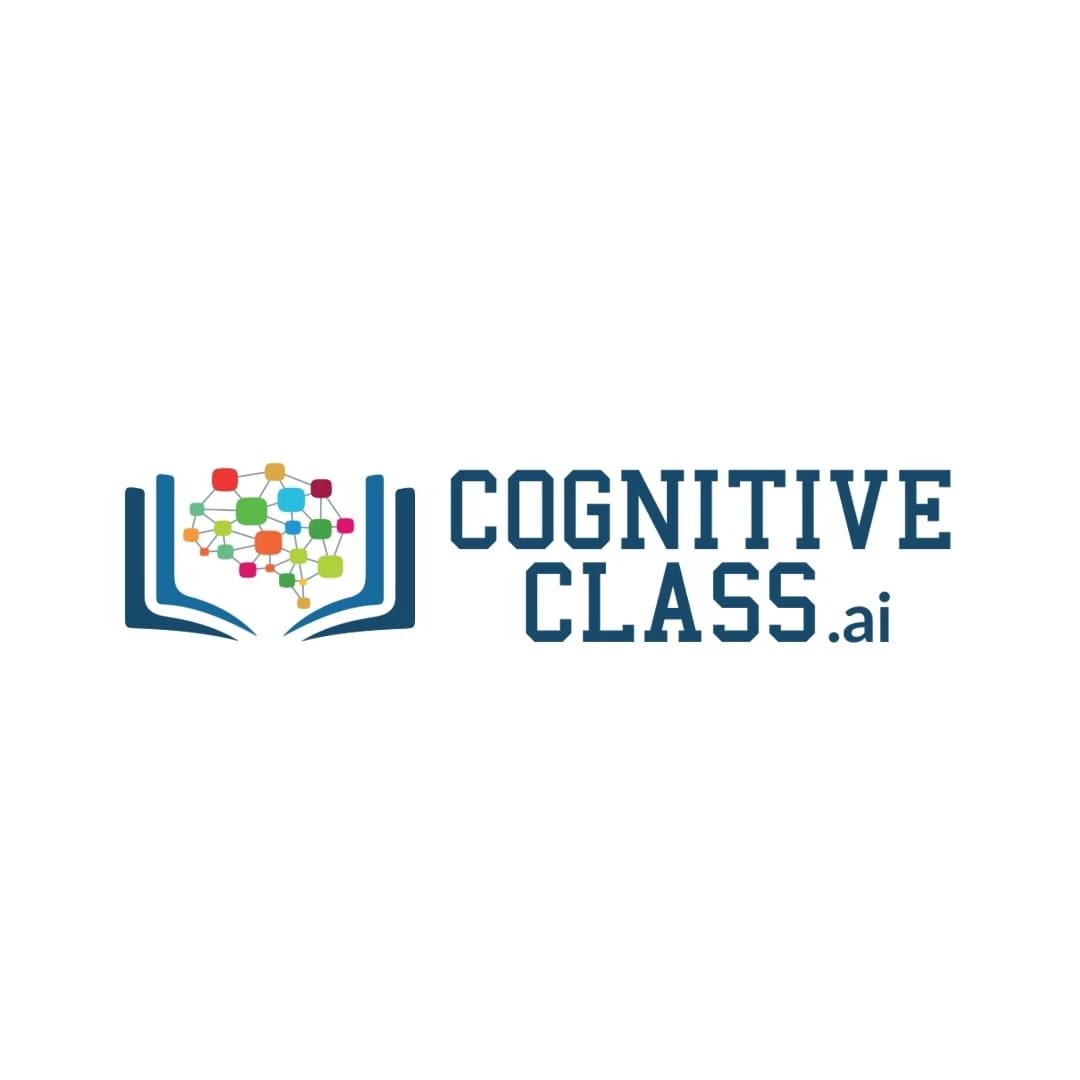Diabetes classification with KNN in Python
Learn how to classify diabetes using the K-Nearest Neighbors (KNN) algorithm in Python. Understand how to preprocess data, train the model, and evaluate its performance to predict the likelihood of diabetes in individuals based on their health data.
At a Glance
Learn KNN classification with Python and scikit-learn. Practice data preprocessing, optimal neighbour selection, and model evaluation techniques. Discover the utility of KNN in making accurate predictions and classifications, which is essential for informed decision-making. By understanding and applying KNN, you are equipped to make accurate diabetes predictions in critical decision-making, enhancing your analytical skills in healthcare data.
In this guided project, you’ll work with K-nearest neighbors (KNN), a fundamental and widely used classification technique in machine learning. You learn the intricacies of using Python and scikit-learn to implement KNN classifiers, focusing on healthcare data to predict outcomes that are based on various input features. Your goal is to build a predictive model by using the KNN algorithm that classifies patients into two categories: “diabetes” or “no diabetes,” based on their medical data.
Background on KNN
KNN is a machine learning algorithm that you can use for classification or regression. KNN is often used for exploratory data mining techniques or as a first step in a more complex data pipeline. It is a robust and very versatile classifier that is often used as a benchmark for more complex classifiers like the support vector machines (SVM) or for more complex neural networks. Even though it’s simple and easy to understand, KNN can outperform more powerful classifiers and is used in a wide variety of applications. Unlike unsupervised machine learning algorithms like K-Means, KNN requires labeled data. The abbreviation stands for “K Nearest Neighbors,” and the algorithm predicts the labels of the test data set by looking at the labels of its closest neighbors in the feature space of the training data set.
KNN is a comparatively simple algorithm that provides good results for a wide range of classification problems and it can be applied to both small and large data sets. However, it does have some drawbacks, such as it can be very computationally expensive for large data sets or when a data set has a feature space with a high number of dimensions.
The KNN algorithm is nonparametric, which means it makes no explicit assumptions about the underlying distribution of the data. If your data does not fit a specific distribution but you choose a learning model that assumes a linear distribution, for instance, a Naive Bayes model, then the algorithm would make extremely poor predictions. Because KNN doesn’t require specific distributions for the features of the data, it requires less assumption checking.
What You’ll Learn
This hands-on project is based on the Implementing KNN in R tutorial. The guided project format combines the instructions of the tutorial with the environment to execute these instructions without the need to download, install, and configure tools. Through practical examples and detailed explanations, you learn the essential steps of data preprocessing to optimize the performance of your models, how to choose the number of neighbors for accurate predictions, and how to evaluate your model using robust techniques. After completing this guided project, you will be able to:
- Understand the principles of the KNN algorithm and learn why it’s a preferred choice for classification problems in various sectors, especially healthcare.
- Perform data preprocessing techniques such as scaling and normalization to prepare healthcare data for effective KNN modeling.
- Select the optimal number of neighbors for the KNN algorithm by using methods like hyperparameter tuning and cross-validation to enhance the model’s prediction accuracy.
- Evaluate the performance of your KNN model by using metrics such as accuracy and confusion matrices, enabling you to fine-tune your approaches based on comprehensive feedback.
Table of Contents
- Background
- What is KNN?
- Objectives
- Setup
- Installing required libraries
- Importing required libraries
- Load the data
- Split the data set
- Fit the KNN model
- Hyperparameter tuning
- ANOVA for feature selection
- Downsampling
- Fitting on simpler model
- Evaluating KNN
- Exercises
What You’ll Need
To ensure you get the most out of this project, you should have:
- Basic to intermediate knowledge of Python: Familiarity with Python’s core programming concepts and ability to write and understand Python code.
- Understanding of basic machine learning concepts: Although detailed explanations will be provided, some prior knowledge of machine learning principles will be beneficial.
- An environment that supports Python and scikit-learn: The IBM Skills Network Labs environment is equipped with all necessary tools pre-installed, but you can also set up your local environment with Python, scikit-learn, NumPy, and pandas.





There are no reviews yet.